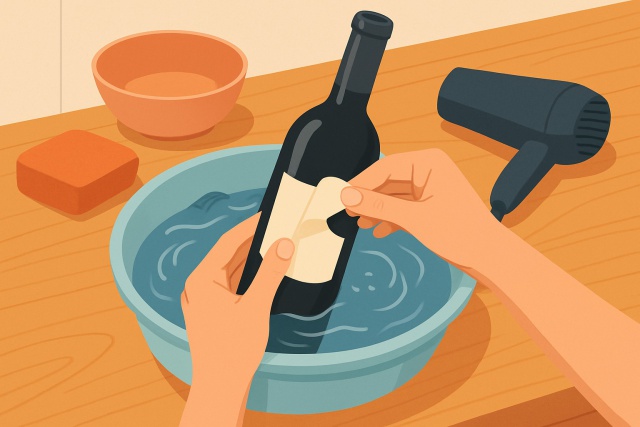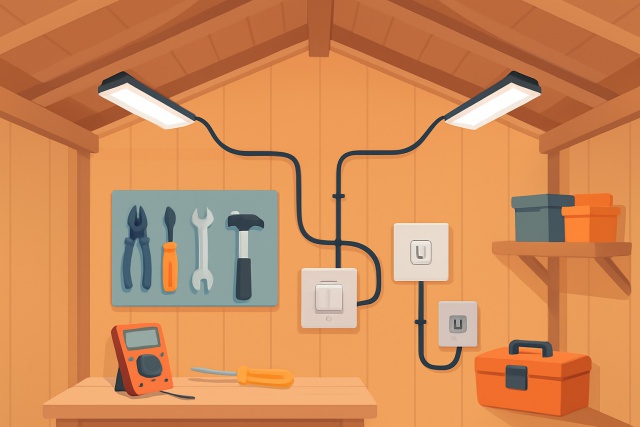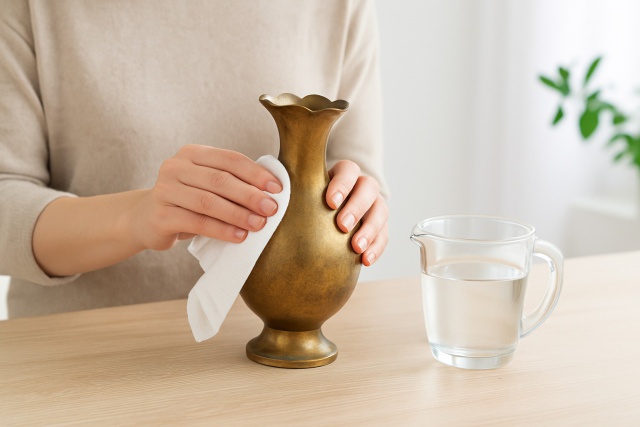
Should I Paint My Brick House Or Leave It Natural
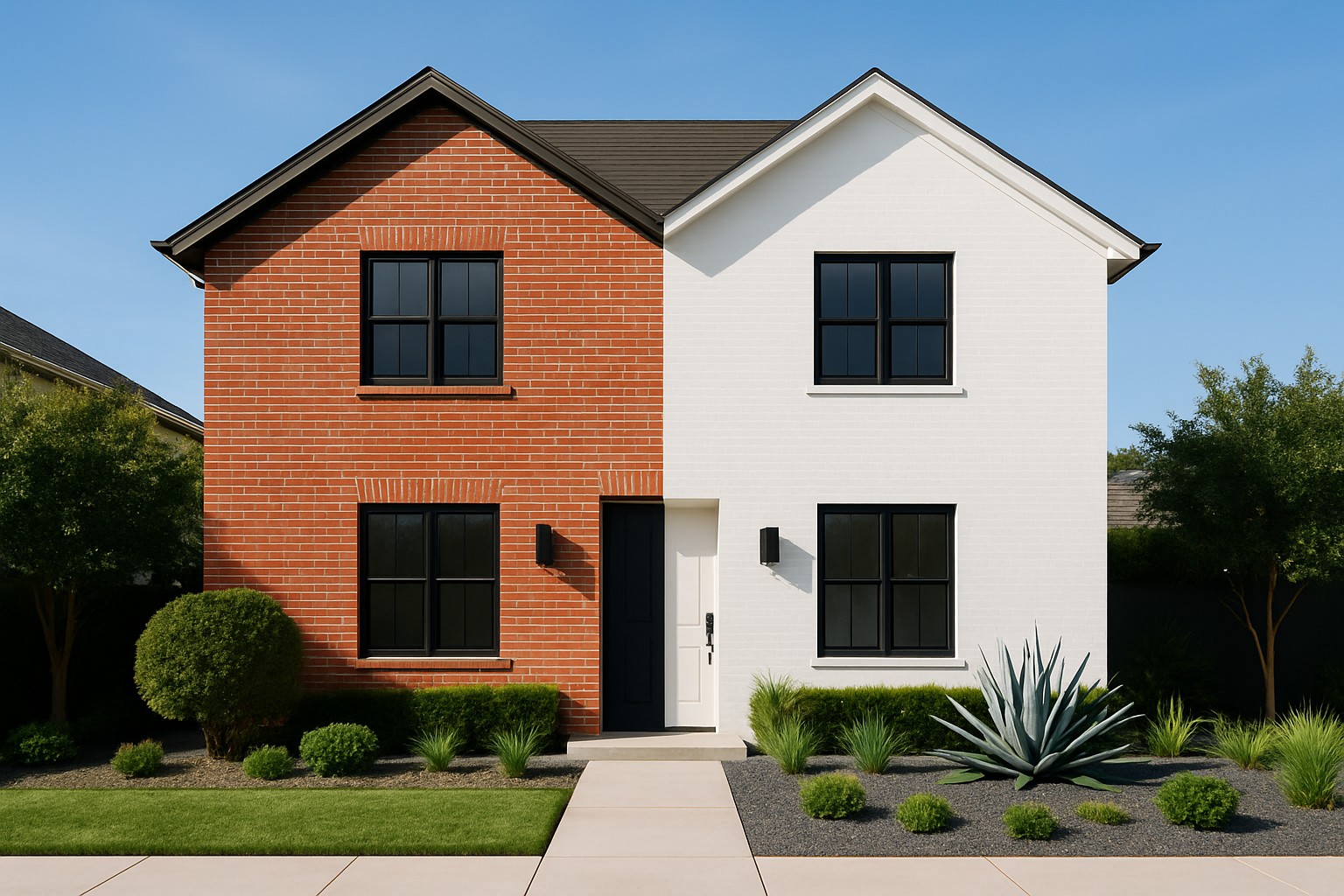
Bricks have always been prized for their sturdy feel and natural beauty and that undeniable classic charm. When it comes to the question of should I paint my brick house, many individuals find themselves at a crossroads: stick with the brick’s natural vibe or slap on a fresh coat of paint. Painting can instantly transform the look and give your house a new lease on life but it often demands ongoing upkeep and that’s not everyone’s favorite chore. On the flip side, leaving the brick bare really lets its timeless texture shine through and usually means less hassle down the road. It does put a bit of a cap on your customization options.
Taking a Closer Look at Brick as a Building Material
Brick has earned its stripes thanks to its impressive durability and ability to stand up to harsh weather while offering natural insulation that keeps things cozy. Its porous surface is like a gentle breath of fresh air that helps manage moisture and keeps mold at bay—something I’ve definitely come to appreciate. Natural brick brings an earthy textured vibe that matures with charm over time. When it comes to upkeep, it’s mostly about simple cleaning and occasional tuckpointing to keep the mortar sharp and strong.
Why You Might Just Want to Give Your Brick House a Fresh Coat of Paint
Painting brick is a go-to trick for giving your home a fresh new vibe or a touch of personal flair. It opens up a whole palette of colors, so you can easily match whatever modern look you’re after or simply express your own taste. On top of that, painting works wonders for curb appeal by masking those pesky imperfections or faded spots that older brick tends to show.
- Boosts curb appeal with lively color choices that breathe new life into a home's exterior and make it stand out.
- Helps cleverly disguise cracks, stains or uneven tones often seen in older or weathered brick, giving it a second chance to shine.
- Serves up an extra layer of protection to guard bricks against rain, wind and relentless UV rays.
- Light paint colors improve energy efficiency by reflecting sunlight and cutting down heat buildup that can make a home feel like a sauna.
- Offers a smart and cost-effective way to refresh worn or aging brick surfaces without the expense of tearing them out and starting over.
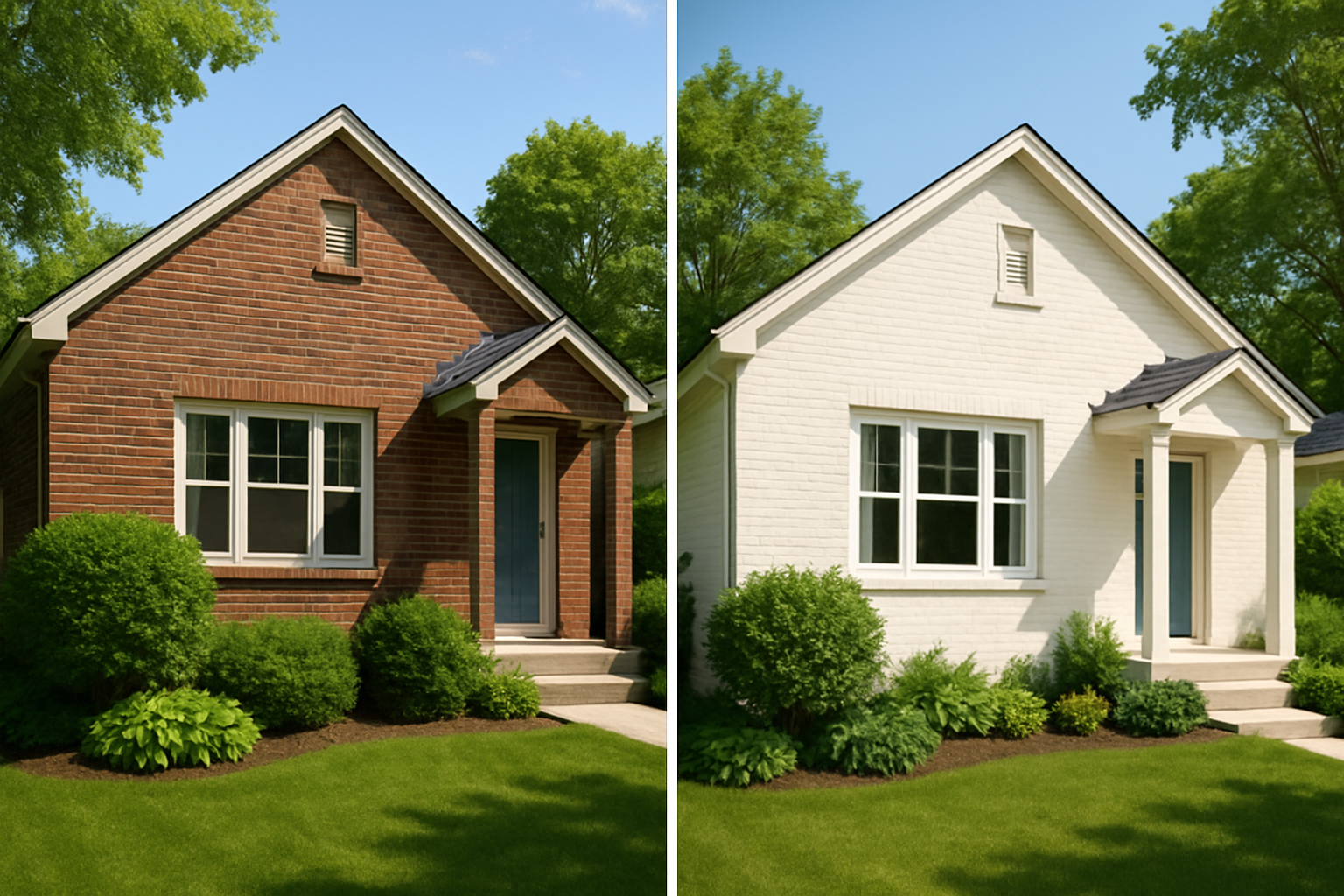
Advantages of Keeping Brick Natural
Natural brick has this timeless charm that many homeowners truly love. It’s often easier to care for than painted brick and lets the material breathe, which cleverly helps keep moisture from getting trapped and harming the structure.
- Offers a truly genuine and timeless look that beautifully highlights the natural color variations and texture of the brick.
- Typically requires less upkeep over the years, since you won’t have to worry about paint peeling or chipping away.
- Allows the brick to breathe naturally, which goes a long way in preventing moisture buildup and the damage that often follows.
- Preserves the architectural integrity and original charm that make historic homes so special.
- Cuts out the hassle of regular repainting, saving you both time and money down the road—always a win.
Challenges of Painting Brick
Painting brick is not as straightforward as it looks. It can be a bit of a stubborn surface to tackle, often requiring more prep and patience than you would expect. From dealing with the porous texture that loves to soak up paint like a sponge, to ensuring durability against weather wear and tear, there are quite a few hurdles to overcome before you get that perfect finish. But hey, once you get past those challenges, the transformation can be pretty rewarding.
Painting brick can definitely spruce up its appearance but it’s not always easy. Over time you might notice the paint starts to peel or chip away so touch-ups become a regular part of the routine. Plus paint tends to trap moisture which can quietly cause damage beneath the surface. Once brick is painted restoring it to its natural state isn’t simple. It usually requires serious sanding or chemical stripping.
- Painted brick surfaces tend to peel, crack or chip over time so they need regular TLC.
- Paint seals the brick’s natural ability to breathe and traps moisture inside which speeds up damage you want to avoid.
- Once painted, the brick’s original texture and character take a permanent hit that can’t be easily undone.
- Over time, costs can sneak up on you because of the cycle of repainting and repairs.
- Getting the surface ready by scrubbing it clean and applying primer often takes a surprising amount of effort and money before you even start painting.
Drawbacks of Leaving Brick Unpainted You Might Overlook
Natural brick certainly has its perks but it’s not all sunshine and roses. Over time it can get a grime party going with dirt, moss or mildew crashing in—especially if you live somewhere humid. The weather doesn’t do it any favors either and gradually wears down the color and surface like an old pair of jeans. On top of that, natural brick can feel pretty restrictive if you are dreaming of a drastic color makeover or aiming for a sleek modern vibe.
- Dirt, moss and mildew creep in over time and steal that fresh brick charm.
- Sunlight and the relentless elements fade colors and wear down the surface bit by bit.
- Your options for switching up the color or keeping pace with trends are limited for natural brick.
- Covering major discoloration or damage isn’t a walk in the park and usually calls for wallet-busting repairs.
- Sometimes it doesn’t blend smoothly with modern architectural tweaks or the vibe of the neighborhood.
Key Preparation and Upkeep Tips for Painted and Natural Brick Because a little TLC goes a long way
Painting brick calls for a bit of elbow grease upfront like deep cleaning and scrapping off any loose bits. You also need to patch up damaged mortar before you think about paint. Once the job’s done, staying on top of things is vital—regular check-ins for cracks or peeling paint are the name of the game. Natural brick maintenance usually means rinsing it now and then to wash away dirt and biological growth. It also requires some tuckpointing as mortar ages.
| Task | Painted Brick | Natural Brick |
|---|---|---|
| Cleaning | A good power wash before painting, followed by the occasional clean-up to keep things fresh | Give it a wash now and then to keep dirt and mildew at bay |
| Surface Preparation | Strip off old paint, patch up the mortar, and slap on a primer coat to set the stage | Mostly just patching up the mortar when it decides to throw a fit |
| Maintenance Frequency | Keep an eye out and give it a fresh coat roughly every 5 to 10 years to stay sharp | Tuckpoint and clean about every 10 to 20 years—nothing too fancy but don’t forget it |
| Cost | Higher upfront and ongoing costs, thanks to painting and the occasional repair work | Lower ongoing expenses, mostly just cleaning and some tuckpointing now and then |
| Difficulty | Prep and repainting can be quite the workout, requiring some serious elbow grease | Maintenance is generally easier and less of a headache, with lower skill needed |
Comparing Costs of Painting Brick Versus Leaving It Natural The Lowdown You Might Not Expect
Knowing the financial impact from the start is vital when deciding whether to paint brick or let it shine naturally. Painting usually means spending more upfront for surface prep, quality paint, and labor. It can give your home a fresh new vibe without damaging any structural issues. Just keep in mind the costs don’t stop there—you'll likely need to repaint down the road since paint isn’t a set-it-and-forget-it deal. On the flip side, natural brick usually costs less upfront for maintenance but if the brick or mortar starts to crumble, repair bills can sneak up on you and sometimes hit the wallet harder than expected.
- Initial painting costs typically include professional cleaning, primers, quality masonry paints and the labor that brings it all together.
- Painted brick often needs more TLC down the road. It requires frequent repainting and some patching, which can nudge ongoing costs upward.
- Natural brick usually calls for regular cleaning and occasional tuckpointing. This makes it the more wallet-friendly option over time.
- Painting might give your home's curb appeal a boost and raise its value, but it can also turn off buyers who prefer classic natural brick charm.
Environmental and Health Considerations
Painting brick does come with a few environmental red flags mainly because many paints release volatile organic compounds (VOCs) that can mess with air quality both indoors and outside when you apply them and let them dry. Choosing eco-friendly paints with low or zero VOCs can definitely reduce that impact, although they usually cost a bit more. On the other hand, natural brick is like the good guy here since it doesn’t emit any pollutants and helps create a healthier living environment.
Should I Really Paint My Brick House or Just Let It Be: The Ultimate Guide to 'Should I Paint My Brick House'
Ultimately, the question of 'should I paint my brick house' comes down to your home's condition and personal style plus practical factors like how much upkeep you’re willing to tackle and your budget. It’s a good idea to keep your local climate in mind too. Places with high humidity usually fare better leaving the brick natural to avoid trapping moisture where it doesn’t belong. Also, think about how long you plan to stick around in the house and if repainting fits into your bigger picture.
Give your home’s current brick a good once-over to figure out whether it just needs a quick cosmetic fix or if you’re staring down something more serious like structural repairs.
Think through the look you’re after—color choices and how nicely they’ll blend with your home’s overall vibe really matter here.
Consider the local climate and moisture levels so you can get a realistic feel for how paint or bare brick might hold up as time marches on.
Take a hard look at your budget, both the upfront sticker shock and the ongoing maintenance costs that come with either painting the brick or leaving it au naturel.
Consider how long you plan to stick around and any resale plans down the road, since those factors can really tip the scales toward the best option for your unique situation.
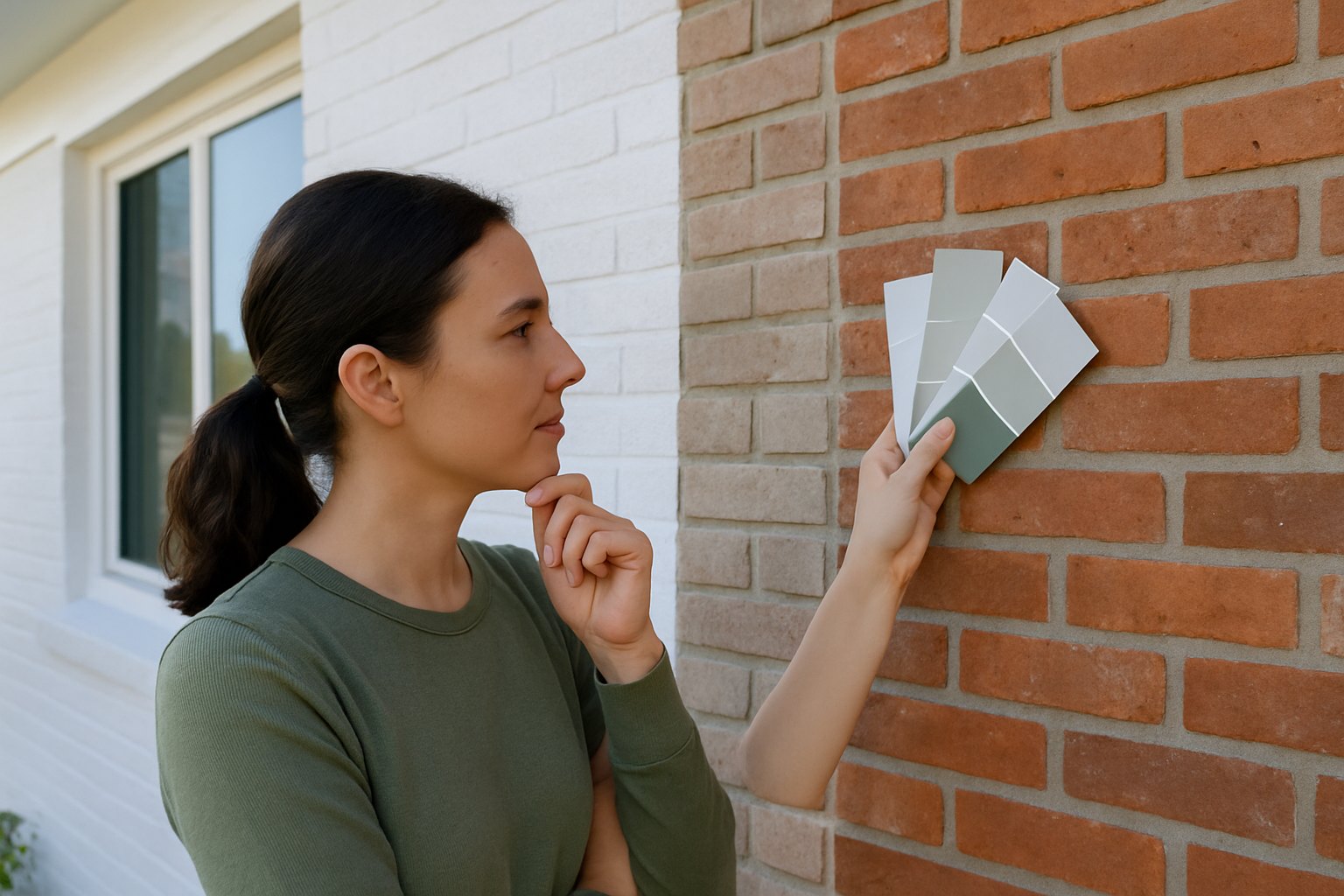
Frequently Asked Questions
Is painting brick bad for my house?
It can be if not done the right way. Paint traps moisture inside the porous brick, which over time leads to chipping and wear you don’t want. To keep things on the up and up, make sure the brick is spotless, dry, and in good shape before applying a high-quality breathable mineral or elastomeric paint made for masonry. A little prep goes a long way.
Once I paint my brick, can I go back to the natural look?
Going back to bare brick is usually tough and pricey. Paint seeps deep into the brick’s pores so removing it completely without damage is nearly a lost cause. Methods like sandblasting can wear the brick down, which is the last thing you want. Painting is pretty much a one-way street. If you’re on the fence, consider less permanent treatments like limewash to save headaches later.
How often does painted brick need to be repainted?
When done properly, a paint job on brick holds up for about 5 to 10 years before you notice fading, chipping, or peeling. How long depends on paint quality, climate, and how much sun the bricks get—these are the main troublemakers. Painted brick means ongoing upkeep, unlike natural brick which goes on without needing a fresh coat.
What is the average cost to paint a brick house?
Costs can vary quite a bit but you’re generally looking at $7,000 to over $15,000 for a professional job on an average-sized home. The sticker shock mainly comes from thorough surface prep—cleaning, repairing cracks, priming—all the elbow grease needed to make sure the paint sticks and lasts. It’s a bigger upfront investment compared to natural brick’s low-maintenance charm.
Is there a middle-ground option between painting and leaving brick natural?
Absolutely. There are great compromises like limewash or German smear. These finishes breathe better than regular paint by letting moisture escape instead of trapping it. They tweak the brick’s color while still letting some texture peek through, giving a softer, slightly weathered vibe. Bonus: they’re easier to remove later if you decide to switch things up.
Does painting brick increase my home's value?
It can go either way. A fresh, modern paint job might boost curb appeal and catch the eye of certain buyers. But it could turn off purists who love the charm of original natural brick—especially if your home has a historic or classic style. Ultimately, how it affects your home’s value depends on your local market and the quality of the work.
Born into a family of storytellers, Ezra crafts compelling narratives that illuminate the human experience behind global trends and cultural shifts.
Read Pages

